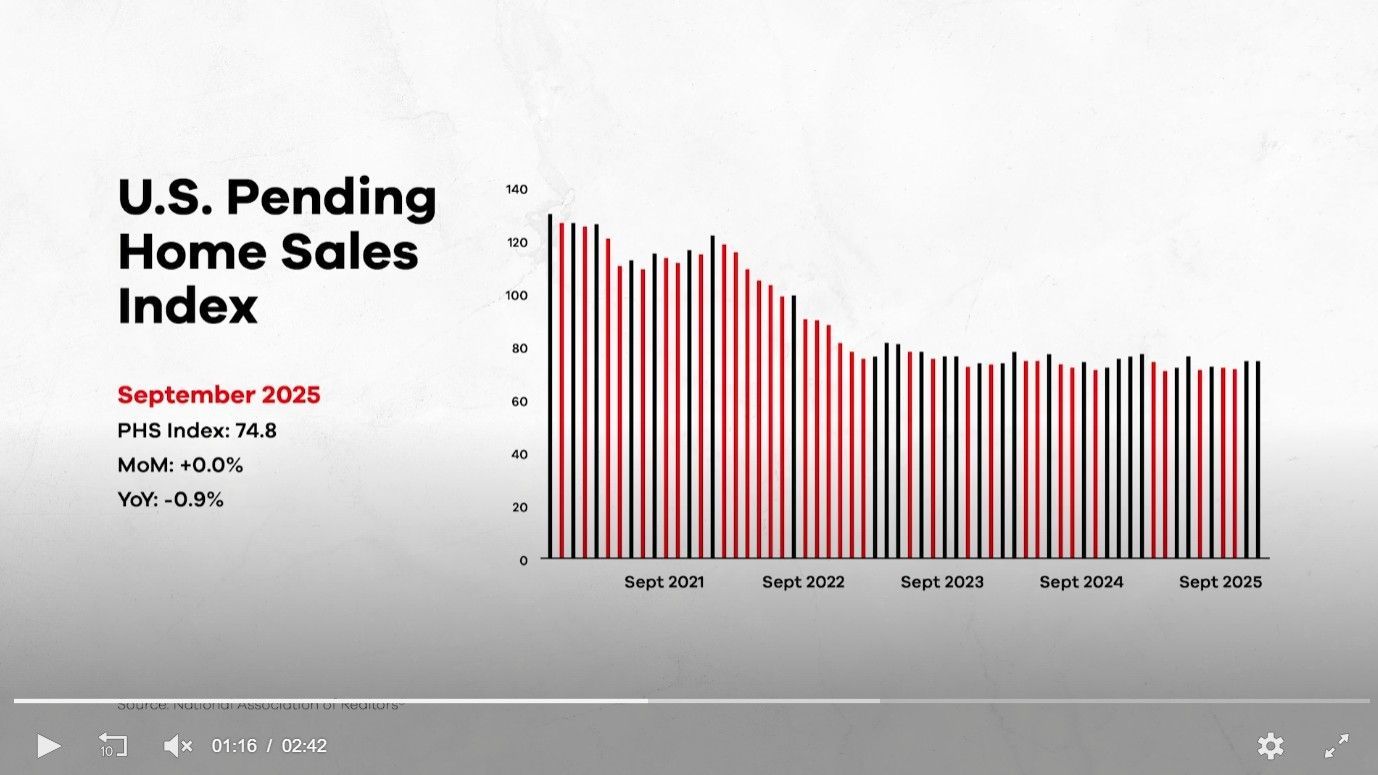Eileen Joyce, Realtor
Email: eileen.joyce.realestate@gmail.com
Tel: 516-567-7616
November 10, 2025

House hunters hoping to celebrate Thanksgiving in a new home this month might be in luck, as a growing number of metros are shifting from seller's to buyer's markets, offering shoppers more options and bargaining power.
In early summer, seven of the top 50 U.S. metros—led by Miami, Austin, TX, and Orlando, FL— moved into buyer’s market territory, as their months of supply surpassed the six-month benchmark, according to Realtor.com® economists' new data analysis.
Simply put, the months of supply metric indicates how many months it would take for all the listed homes on the market (including pending listings) to be sold at the current sales pace.
The higher the months of supply, the slower the market—and the more leverage buyers have.
By August—the latest month with available data—the list of buyer's markets had swelled to 11, with Denver, Nashville, TN, Raleigh, NC, and Houston joining the roster.

To determine the months of supply, economists used August sales data from the Realtor.com public records database, including both existing-home and new-home sales, along with multiple listing service sales figures where available.
The rule of thumb is that it is a seller's market if supply drops below four months. If supply reaches four to six months, it's a balanced market. More than six months of supply indicates a buyer's market.
Realtor.com senior economist Jake Krimmel notes that, with the exception of New York City, all buyer's markets are currently clustered in the South and West.
Krimmel says this is no coincidence, pointing to "the regions' rise in inventory and slower market pace over the past year and especially this summer."